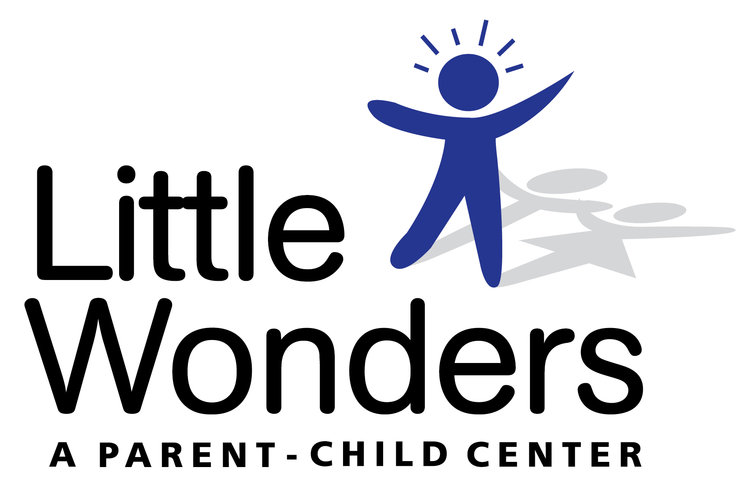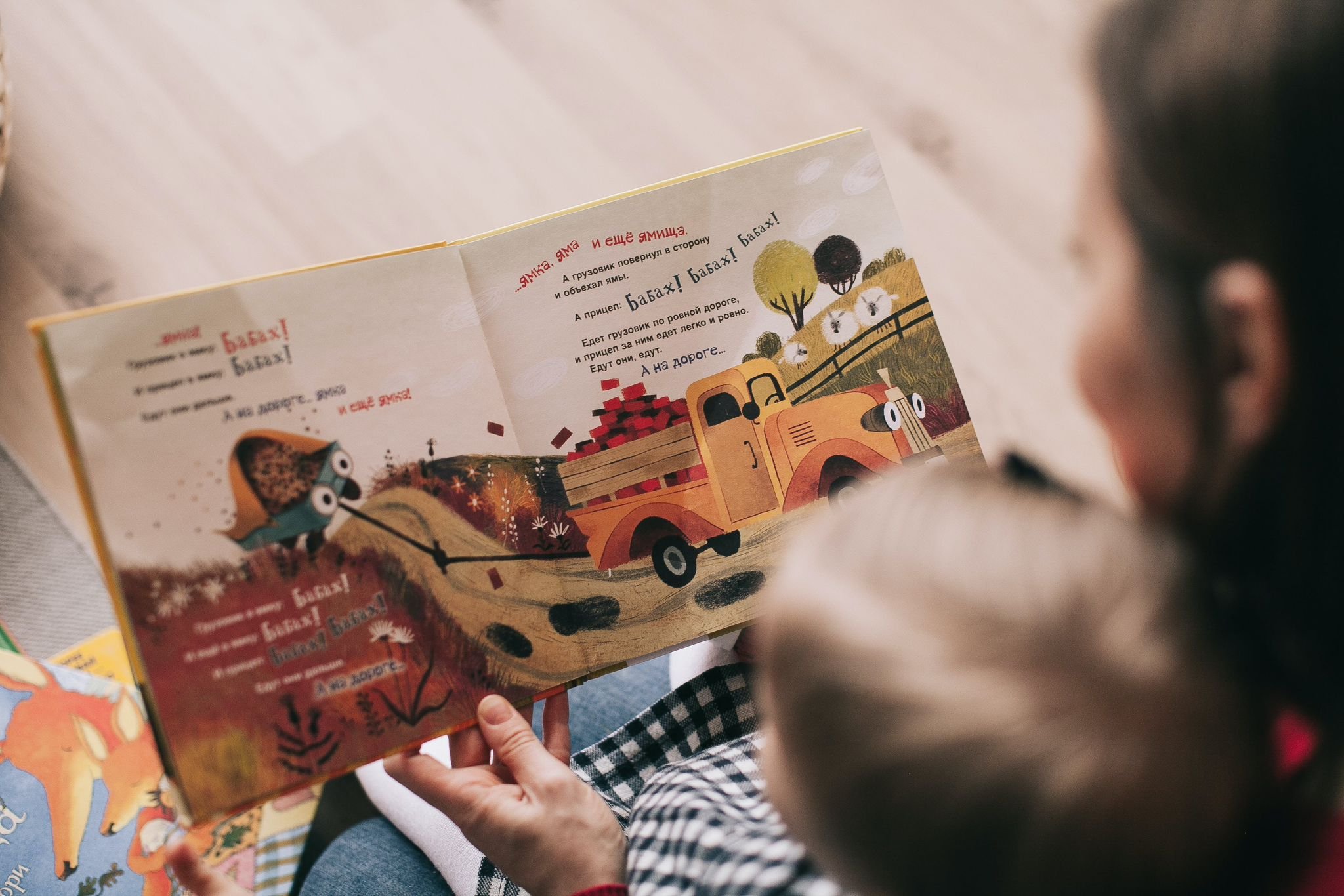Many of our families at Little Wonders come from diverse backgrounds and may be navigating teaching their little ones a second language. A recent conversation I had with other parents in class inspired me to write about my own experiences.
My now 15-month-old daughter Meena started saying “amme” when she was about 6 months old. In my native tongue, Telugu, “amma” means mom. At first, she would only say it when she needed a cuddle, some milk, or a nap. But as she approached 12 months, she said it more purposefully towards me. I tried to teach her that my name was “amma”, not “amme,” but she likes her version more. And that’s how our bilingual journey began.
My own bilingual journey began with me growing up as a first generation Indian American. My parents were very passionate about us becoming fluent Telugu speakers. They would only answer questions if we asked them in Telugu. During our summer vacations, they made us do Telugu homework from lesson books that my grandparents bought from India. We listened to only Telugu songs on road trips. My dad saved up to buy two VCRs so that he could record rented Telugu movies and made us a home movie library. As a young kid, I rolled my eyes at some of these efforts because I could not see the relevance of learning Telugu. But as an adult, I am forever grateful that I can access so many aspects of my religion, culture, literature, and fine arts because of my proficiency. This method where parents create an at-home immersion experience is called Minority Language at Home (MLAH). Linguistic research suggests it is best method for raising bilingual children.
Although I wanted Meena to speak my language, I realized that I could not create an immersive environment because my husband is an English speaker. I would habitually mix English and Telugu when she was a baby, especially around my husband. After she turned one and I heard her say her first English words, I started speaking to her primarily in Telugu. She loves to read the same board books over and over again so I started reading them in Telugu. After about 2 months of this, she started following simple directions in Telugu! This is called the One Parent One Language (OPOL) strategy, where children eventually figure out which language to use with which parent. I know as she starts to interact with peers and starts school, her exposure to Telugu will be more limited. The onus will be on me to integrate Telugu into all of the language inputs of toddlerhood, including screen time, reading time, play dates, family visits, and holiday celebrations. But I also have a lot more tools to teach Meena than my parents did back in the 1990s. I have the Internet. I can YouTube Telugu nursery rhymes, I can buy customized first word flash cards on Etsy, and I can FaceTime with extended family. I am also fortunate to live in the Bay Area where I can create immersive experiences from the large number of fluent speakers that live here.
I recently learned that Telugu is the fastest growing language in the US in the past decade. I can only hope this translates to less eye rolls and more curiosity for my daughter. If you have ever thought about teaching your child a second language, whether it is one you speak or one you just love, it’s a great time to start! Ages 0-5 is the “critical period of language development” when children learn languages with ease. There is an incredible wealth of resources to help you. And as with everything with kiddos, consistency will get you everywhere.
Here are some resources I used to write this article that you may find helpful:
https://bilingualkidspot.com/2016/05/30/how-to-raise-a-bilingual-child/
https://www.linguisticsociety.org/resource/faq-raising-bilingual-children
https://bilingual-babies.com/category/books-for-parents/
Sudha Bhadariraju
Sudha is a Pulmonary Critical Care Physician at Mills Peninsula Hospital in Burlingame. She spent the last 3 years on the front lines of the pandemic and now takes her first go at motherhood in stride. She enjoys Indian music and dance, cooking, and traveling, and is still trying to find room for hobbies.

